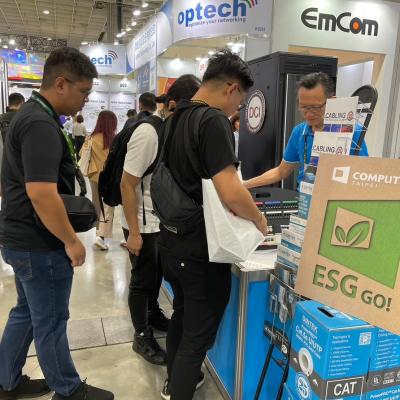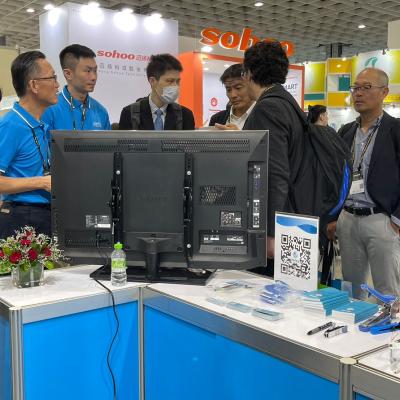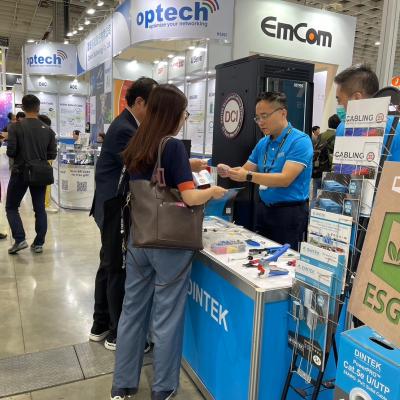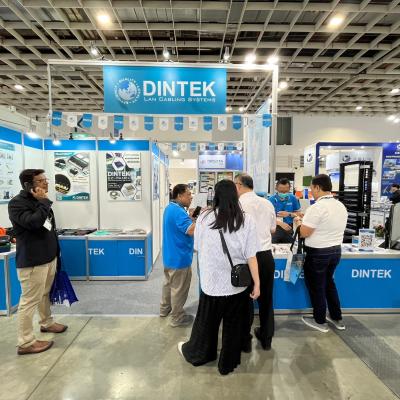Recent changes to ANSI/TIA-569-E and ANSI/TIA-568.3-E Standards
ANSI/TIA-569-E: Telecommunications Pathways and Spaces Standard
This standard, published by the Telecommunications Industry Association (TIA), is the latest iteration, superseding the 569-D version that saw the light of day in 2015. One of the standout features of ANSI/TIA-569-E is its collaborative development. Over 40 organizations within the telecommunications industry, including manufacturers, consultants, end users, and various other stakeholders, lent their expertise to create this comprehensive standard. The result? A document that not only reflects the latest industry trends but also anticipates the dynamic nature of the telecommunications landscape.
Updated References
Staying current with the latest technologies and practices is essential in telecommunications.
The revised standard includes updated references to keep pace with the ever-evolving industry.
Temperature and Humidity Requirements
ANSI/TIA-569-E incorporates revised temperature and humidity requirements initially introduced in ANSI/TIA-569-D-1. This ensures that the standard remains relevant in diverse environmental conditions.
Pathway and Space Considerations
As technology progresses, so do the demands on telecommunications infrastructure. ANSI/TIA-569-E addresses this by incorporating additional pathway and space considerations for supporting remote powering over twisted-pair cabling, originally published in ANSI/TIA-569-D-2.
Dynamic Buildings
Evolutionary Telecommunications
Comprehensive Telecommunications
ANSI/TIA-568.3-E: Optical Fiber Cabling and Components Standard
What is universal polarity?

In contrast to the previous polarity methods, namely A, B, and C, the universal polarity method offers a simpler deployment solution, particularly beneficial for individuals less acquainted with fiber polarity intricacies. For instance, Method A entails the use of Type A straight-through MPO trunk cables, featuring a key-up connector at one end and a key-down connector at the opposite end. Method B utilizes key-up connectors on both ends to achieve the transceiver-receiver flip, while Method C closely resembles Method A, except that each pair of fibers is flipped.
The existence of three distinct polarity methods, each necessitating the correct patch cables, often leads to deployment errors. In contrast, the universal polarity methods, U1 and U2, adopt the core components of Method B, eliminating the requirement for unique MPO-to-LC cassettes on each end. Consequently, customers can employ the same MPO-to-LC cassettes and duplex patch cables interchangeably at either end of the channel, all while utilizing a Type-B trunk configuration.
In this latest revision of the standard, additional guidance on MPO connector pinning has also been introduced, aiming to facilitate a smooth transition from an array-based duplex system to an end-to-end array system in the future. When connecting MPO connectors, which utilize alignment pins, it is essential to adhere to the requirement that one plug must be pinned, while the other should remain unpinned. This adherence is crucial because MPO active equipment ports are configured to accept only unpinned plugs.
As a result, for an array-based duplex system that is optimally designed to support a future transition to an end-to-end array system, specific specifications should be in place, as illustrated in Figures 1 and 2 below.
Array Trunk Cables: These should be pinned on both ends to ensure compatibility with the evolving array system.
MPO Connectors within MPO-to-LC Modules: To facilitate seamless transitions, these connectors should remain unpinned.
Future Array Patch Cords: Connecting MPO active equipment ports to the evolving array cabling, these patch cords should also remain unpinned on both ends to align with the standardized requirements.
Figure 1: Recommended Array-based Duplex System Pinning

Figure 2: Recommended Array System Pinning








